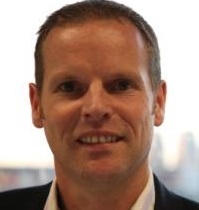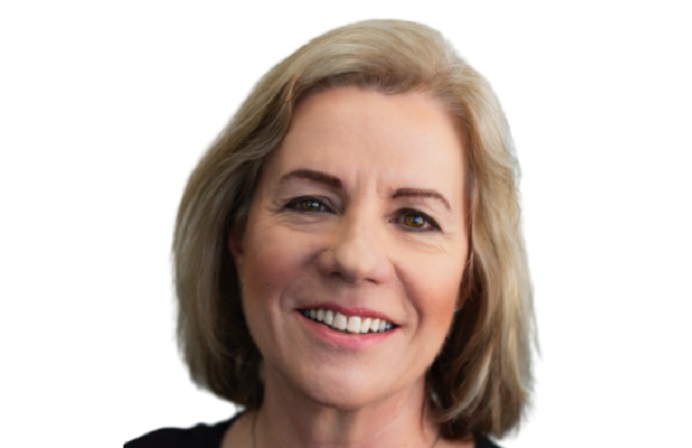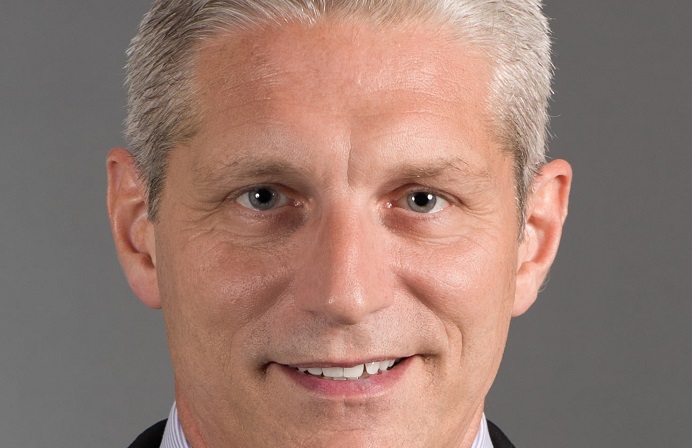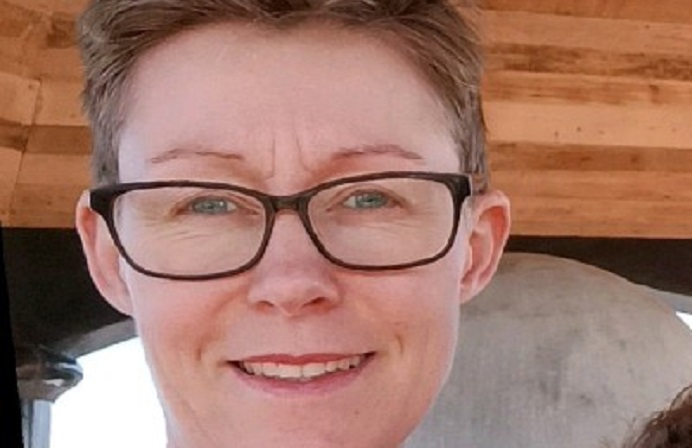
FST Media: What are your IT priorities for the next 12 to 18 months?
Maynard: We have several. Firstly, to continue to focus on an innovative culture within the bank, which includes creating an environment that promotes a ‘test and learn’ mindset where people feel safe and confident with experimenting. I find this kind of environment is like a magnet for high performers enabling everyone to flourish and further unlocking talents many did not realise they had. This ultimately enables us to stay fast paced and agile.
Secondly, creating experiences for customers that demonstrate we know and understand them. This includes investing in new techniques such as Design Thinking and also leveraging diversity of thought from other industries (we can no longer stay in the bubble of Financial Services).
Thirdly, a technical blueprint or strategy that enables us to get the best value out of our service oriented architecture so that we can invest in areas that customers value and quickly.
FST Media: What innovation is proving to be the single biggest game-changer in the financial services industry?
Maynard: There are two areas; mobility combined with contextual insights driven from data analytics.
Mobility is pretty straight forward, providing outstanding experiences on mobile devices that emotionally connect with customers. Good experiences will not cut it anymore. However to get from good to outstanding requires insights we glean from the richness of the data we have access to. This enables us to design dynamic experiences based on preferences, location, demographics, interests, the list goes on. Customers are realising their banking relationship is not only providing the traditional banking services but can influence where they buy their next coffee or where to go on holiday.
FST Media: How will AMP’s new “whole of wealth” app impact customer engagement?
Maynard: Significant time and investment went in to the design of AMP’s new wealth apps and this patience has been rewarded. Its ease of use and whole of wealth view (banking, super, investments, insurance) has improved engagements, validated through customer feedback. Whilst this remains true for those engaged with their finances already, the next opportunity is to reinvigorate the digitally dormant customers. In tandem with marketing campaigns and advisor and broker messaging, the apps are becoming a core component of the overall engagement strategy.
FST Media: What value does the adoption of an Agile approach and Agile methodologies in AMP Bank’s IT teams deliver to the overall business outcome?
Maynard: Simply put, Agile techniques have allowed us to priorities what is important (to the customer and business) and implement faster than before. It is perfectly suited to human centred design and has promoted a new language within our project teams, from ‘business requirements’ to ‘customer journey mapping and user stories’.
Recently, through one of our change programs, the provision of a pay-tag (mobile device sticker utilising paywave technology) bubbled up as priority for our customers – we were able to take this from inception to pilot in just a few weeks and it is now available to our customers. This has also demonstrated a cultural shift – change in scope and requirements was once frowned upon, however, more recently it has been embraced and in part encouraged. Although the initial adoption of Agile was driven by IT the business is now very much on board. Interestingly the continuous day-to-day involvement all the way through the projects (product owner role in particular) was initially a concern, however, now I am sure they would not have it any other way.
FST Media: What role does data, analytics and business intelligence play in the development of AMP’s products and services? How will you use insights gathered to enhance the customer experience?
Maynard: As a wealth manager, AMP has rich data sets across the banking, super, investment and risk domains. Like other financial institutions we are experimenting with combining these data sets with others to glean contextual insights for our customers. Operationalising this capability is also key (across all channels) ensuring we strike the right balance by demonstrating we know our customers and not entering into the “creepy” space.
FST Media: What are the benefits of not having physical branches, and what role has technology played in making this a viable option?
Maynard: Branchless banking has afforded AMP the opportunity to prioritise and invest in other areas such as digital and the planner and broker channels. Customers are demanding more self-service and the convenience of mobile banking which plays into this model. The apps are a good demonstration of this. However, there is a gap to bridge, as some customers still prefer the notion of going into a branch and executing face-to-face (for example mortgage application, account opening). A focus on providing an improved experience for our planners and brokers enables us to bridge this gap, such as a new mortgage origination platform that we are in the process of implementing.
FST Media: What is proving to be your most effective customer acquisition channel and why?
Maynard: AMP Bank generates the majority of its business via third party distributors. Dominant for many years was the broker channel, and it continues to be, however, more recently aligned advisers through our large network are contributing to almost a quarter of new business. A debt management proposition for our advisers is increasingly important as Australians maintain their love affair with property.
FST Media: How do you see the rising roles of the chief digital and marketing officers impacting on the traditional function of senior technology executives?
Maynard: I see two possible scenarios playing out. The first one is the convergence of the savvy CIO with CDO and CMO roles as organisations appreciate the importance of data analytics, digital and mobility. This combined role will have a seat at the CEO table and be an integral part of defining the organisation’s strategy.
The second scenario is the less savvy CIO who is relegated to maintaining back office systems of record with a mandate to improve efficiencies and integrating different technologies.
FST Media: What skills should aspiring technology chiefs invest in now for future success?
Maynard: Understanding how IT contributes to the overall business strategy is so important, this means understanding business domains in more detail than in years gone by. To develop the best IT strategies requires embracing diversity of thought and leveraging the wealth of expertise out there in the market place. That requires the IT executive to be well networked and connected. Also, the ability to influence and story tell (especially in the boardroom) can be a huge differentiator and can make the difference between ideas that go nowhere to innovations being game changers.
FST Media: Every leader has a legacy they wish to be remembered for, what is yours?
Maynard: Someone who inspired a vision that leverages technology, the digital revolution and entrepreneurial techniques to deliver business growth and provide a customer experience that makes a lasting impression. Furthermore, someone who made a positive impact in the workplace by empowering others and building an environment and culture people want to be part of.





